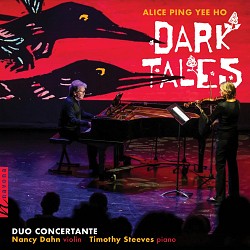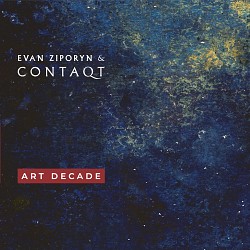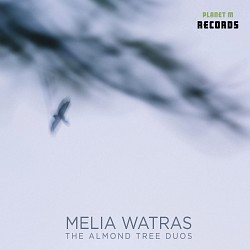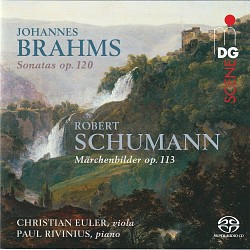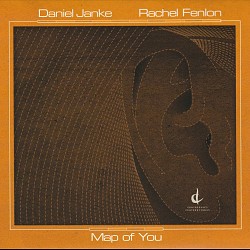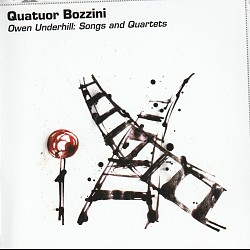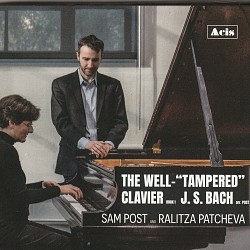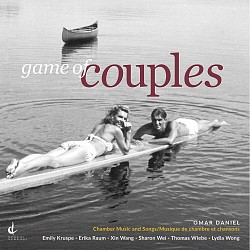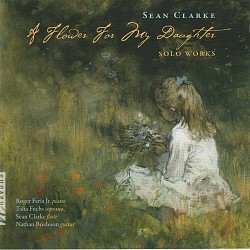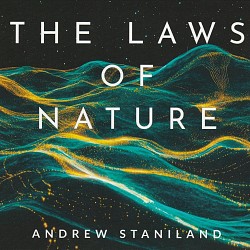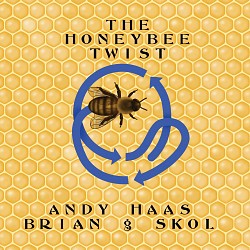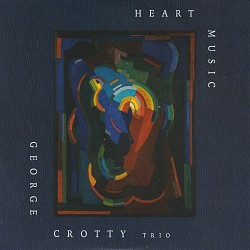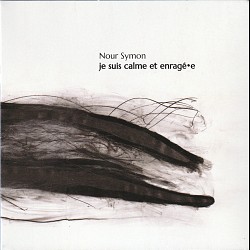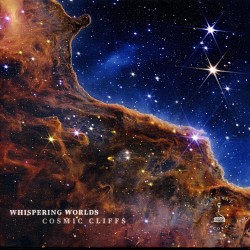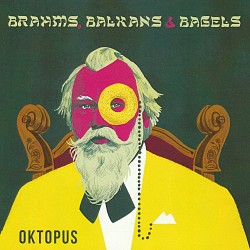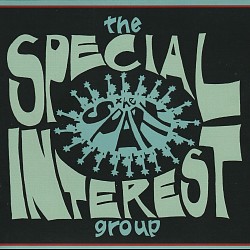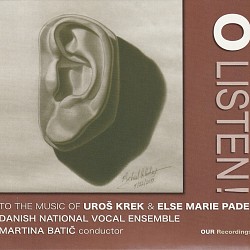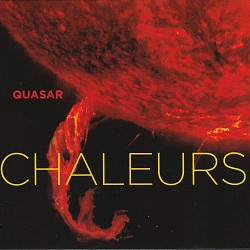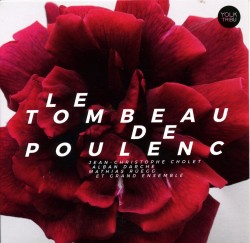 Yolk Records J2069 yolkrecords.com
Yolk Records J2069 yolkrecords.com
Read the Review
The following review is an excerpt from Something in the Air (May 2018) which can be read in its entirety here.
With the same number of players but different instrumentation, Le Tombeau de Poulenc (Yolk Records J2069 yolkrecords.com) provides a contrasting view of ensemble orchestration. Invoking the Concerto for Two Pianos and Orchestra by French composer Francis Poulenc, the group’s three composers – pianist Jean-Christophe Cholet, saxophonist Alban Darche and Mathias Rüegg – created 12 themes which slyly interpolate swing into formalist concepts, ending with a tight, rhythmic program, making this group sound twice the size of Large Unit. Tracks reflect each composer’s perceptions. For instance, the exposition of the supple and multi-hued 2nd Convergence by Cholet, who shares piano duties with Nathalie Darche, is a keyboard continuum that melds with munificent string harmonies as backdrop to laughing saxophone vibrations and graceful trumpet tones, with the parallel counterpoint climaxing as it’s pushed by bass string rubs and prodded by drum pulses. Meanwhile, the chromatic gusts propelled by Pascal Vandenbulke’s flute on Cholet’s 3rd Convergence are as formal as a chamber piece, until cabaret-style keyboard clipping and a low-key alto saxophone solo alter the moderato theme to animate pastel-like orchestral colours. Rüegg is most interested in instrumental layering. On Dans les Idées de Poulenc, a matching three-dimensional sonic picture is created though speedy keyboard bravura plus ascending saxophone counterpoint. Layering the tones of trumpet, trombone and tuba on Dans le Sens de Poulenc (with Matthias Quilbault’s tuba as prominent as the others), proves that such instruments can swing without expected call-and-response patterns. Closest to mainstream jazz, the blues inflections which enliven the choppy piano lines of the Darche-composed Le Tombeau de Poulenc 1 find violinist Marie-Violaine Cadoret’s contributions sliding from precise romanticism to silent-movie-like melodrama to double-stopping dissonance. Clanking claves and Latinized piano-fills on the concluding Le Tombeau de Poulenc 4 (another Darche piece) extend the polyphony enough so that subsequent showcases for saxophones and brass can trade orchestral strictness for musical freedom. This CD banishes the spectre of a jazz-classical pastiche and confirms the group’s and the composers’ ability to create rousing sounds that don’t stray that far from European precision.
- Fiat Lux - René Lussier; Robbie Kuster 25-10-24
- Cosmic Cliffs - Whispering Worlds 25-10-24
- Cosmic Cliffs - Whispering Worlds 25-10-24
- Something in the Air | New and unusual variants on improvised music, mostly by lesser-known major improvisers - November 2025 25-10-24
- Kenny Wheeler Legacy: Some Days are Better - Royal Academy of Music Jazz Orchestra; Frost Jazz Orchestra 25-05-24

